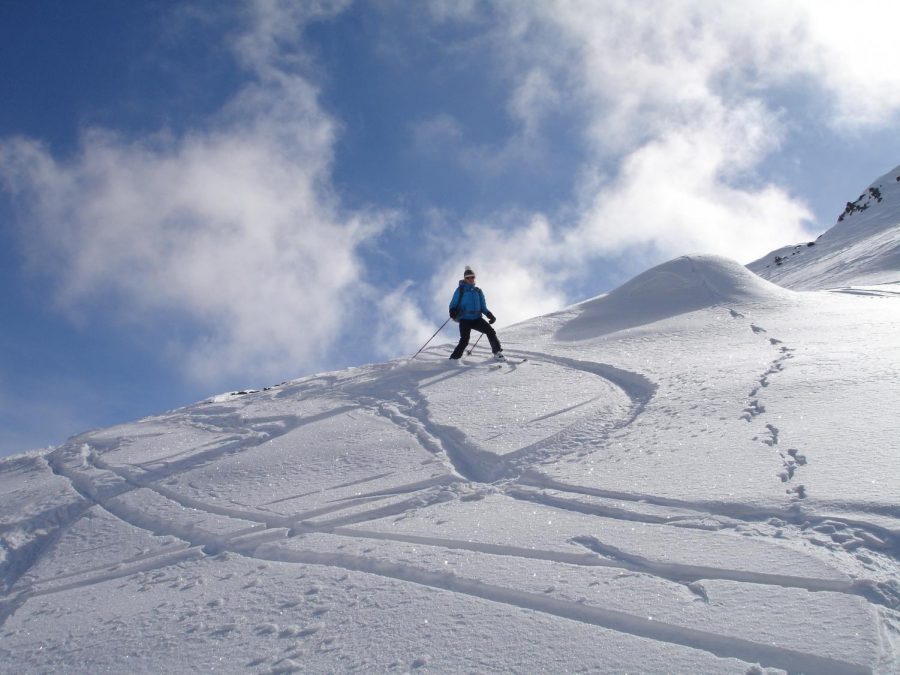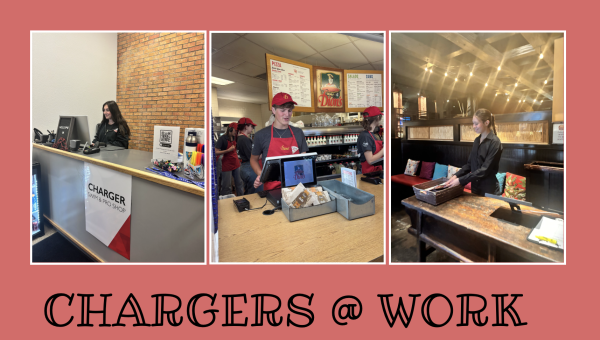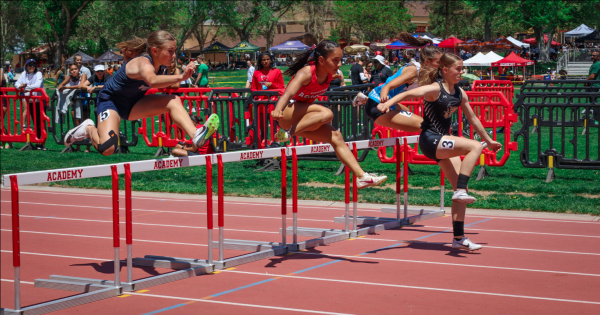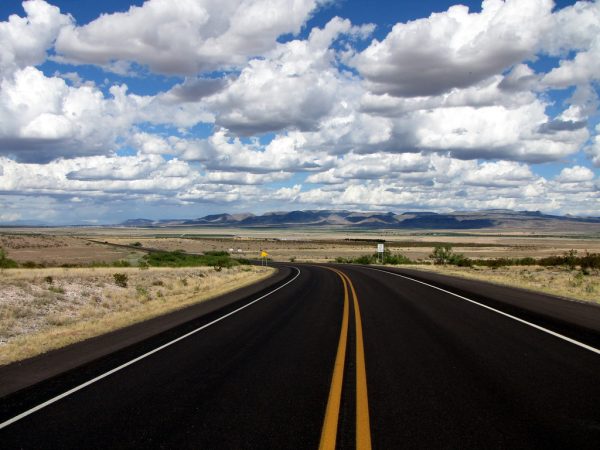Skiing and Snowboarding during Covid
At first glance, skiing and snowboarding seem like the perfect winter sports to do during a pandemic. You’re outside in fresh, wintery air, you can distance yourself from other people easily, masks do not get in the way of your performance, and there is no reason for you to come into close contact with strangers while on the slopes. But as you think it through a little more, you realize that bathrooms, chairlifts, restaurants, and lift lines could all pose problems with social distancing and sanitation. So how are ski valleys planning to open this year, and what safety measures are they planning to take?
Sandia Peak
Sandia Peak Ski Area has ticket prices comparable to last year with an adult half-day for $40 and a full day for $55 and a child full day for $45 and a half-day for $35, but they do not have a plan for opening yet. The tram itself has been shut down as of November 16 due to the governor’s recent stay at home order. It was operating at ⅓ capacity, and future reservations will be required ahead of time. Face coverings are required on the tram, and temperature checks are taken upon arrival. The tramcar is sanitized between each trip, and windows and vents are open at all times to ensure ventilation. Their restaurant, Ten-3, is not open at least for the next two weeks, as it is complying with the governor’s stay-at-home order as well.
Santa Fe Ski Area
Santa Fe Ski Area had a tentative opening day of November 26, 2020, but due to the governor’s most recent order, they have had to push it back to an undetermined date. Passes for this mountain are also harder to come by. On Monday, October 12, 2020, Santa Fe Ski Area put 3,000 reservation-based passes called One Pass on sale, and they sold out within two hours. Whether it was the faulty website or the high demand, these passes are no longer available, but tickets can still be purchased. Adult full-day tickets are available for $88 and child tickets for $68. There are strict protocols in place for pass redemption on the mountain. Skiers should have their e-receipt and barcode ready for scanning before they come to the ticket window and remain six feet apart from others while waiting in line. As for their plan for safe operation on the slopes, face coverings are required at all times, hand washing and sanitizing stations are available throughout the ski area, and they will operate at 25% capacity. Lift riding only allows family members or members of the same group to ride together, causing them to wait longer. Santa Fe will offer both indoor and outdoor dining options. Indoor dining is limited to 25%, and outdoor dining at The Terrace Grill and Totemoff’s Bar and Grill will have covered, ventilated seating in the form of tents. Passes must be reserved ahead of time to gain access to the mountain, and non-skiers or snowboarders are not allowed entrance to minimize the crowd.
Taos Ski Valley
Taos Ski Valley also had an opening day scheduled for November 26, 2020, but they have postponed that day to whenever the current health order is lifted. Taos has multiple passes available for purchase, but as skiers and snowboarders have noticed, the prices are as steep as Taos’s double black runs. Their unlimited pass- a pass with no blackout days- is going for $1600, whereas it was $1300 in years prior. They also offer a Youth Everyday pass for $640 and an Adult Midweek pass for $475. Prices are high due to their operating capacity of 25%. Like Santa Fe, tickets must be purchased online ahead of time and are expected to sell out quickly. Taos is encouraging skiers and snowboarders to come during the week, citing people’s unusual work schedules and saying the mountain “will typically be less crowded.” To aid the appeal of a weekday trip, Taos has lowered the prices of weekday tickets. An adult full-day is $85 and a child full day is $65, whereas weekends and Fridays are $128 for adults and $90 for children 18 and under. The ski valley will only be offering private lessons that need to be booked in advance this year, and there will no longer be a parking lot shuttle for pick-up to the slopes. Taos is committed to safety and says they’ll “continuously monitor all guidelines and the effect of the coronavirus on the community, and may adjust our business operations at any time in response” because they are eager to stay open for the entire season.
Wolf Creek
Wolf Creek Ski Area, the only mountain in this bunch located in Colorado, is open! They have been open since October 29 after a storm brought 28 inches of snow onto their mountain. Skiers and snowboarders currently have access to about 98% of the terrain and can get an unrestricted adult season pass for $963 or a student season pass for $743. Lift tickets are $80 for an adult full day and $41 for children. These prices are comparable to last year, but tickets must be reserved online this year ahead of time. You can show up to a ticket window on the mountain and pick up your physical ticket with your reservation. There are no ticket sales on-site. Like New Mexico, Colorado has strict orders in place for skiers and snowboarders to ensure a safe experience. Masks are required indoors at all times and outdoors while in the base area and ticket and lift lines. Lifts are limited to one family/group per chair, and only bathrooms and chairlifts are open. Visitors are expected to bring their own food and water due to the closure of food services and water fountains throughout the mountain. Wolf Creek continues to get snow and expects an amazing and safe 2020-2021 season ahead.
While all of these measures are integral in keeping people safe on the mountain, it is still important to note the risks associated with public spaces, such as ski valleys. Masks are heavily advised in places like Colorado when outdoors, but not mandatory, as they are in New Mexico. People can easily remove their masks without being noticed, and, depending on your comfort level, this may or may not be a chance you want to take. It is also very difficult to regulate the chairlift mandates, and people that have skied in Wolf Creek have already said that they did end up “sharing chairs with people they didn’t know.” Similar worries include bathrooms and restaurants, as they do in all public spaces. They will be constantly sanitized in most places, but this presents yet another risk. The most alarming possibility of the endangerment of your health is that New Mexico ski resorts say they legally cannot enforce the governor’s mandatory 14-day travel quarantine. According to Ben Abruzzo, the owner of Sandia and Santa Fe ski resorts, the resorts are “on federal land, and [they] are not allowed to discriminate based on where someone is from.” The ski areas are not allowed to check IDs, for they had previously wanted to do “a locals day where we were going to give discounts on lift tickets to New Mexico residents and were not allowed [by] the federal government because they considered it discrimination,” said Abruzzo. This is a huge concern you have to weigh out when planning a trip. You could come into contact with people from all over the country at any given time, for 35% of people who have visited New Mexico ski resorts in years past have been from out of state.
With the risks in mind, these four ski areas in or around Albuquerque offer ski passes and tickets and even have begun to open their doors. With the limited number of people allowed on the mountain, the prices can be high and the availability low, but that does not take away from the gorgeous mountain views and day of adventure you can experience by visiting and being safe by following health and sanitation guidelines while on the mountain.
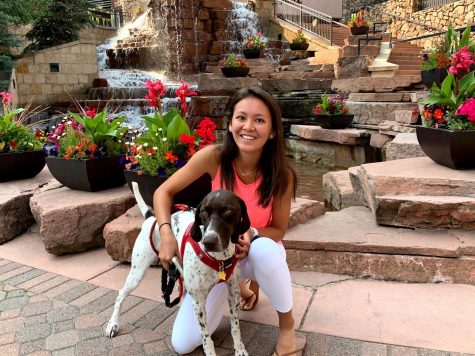
Kaeli's love for literature and writing shines through her work as the School and Local Editor. A consistent writer and editor of The Advocate for two...


